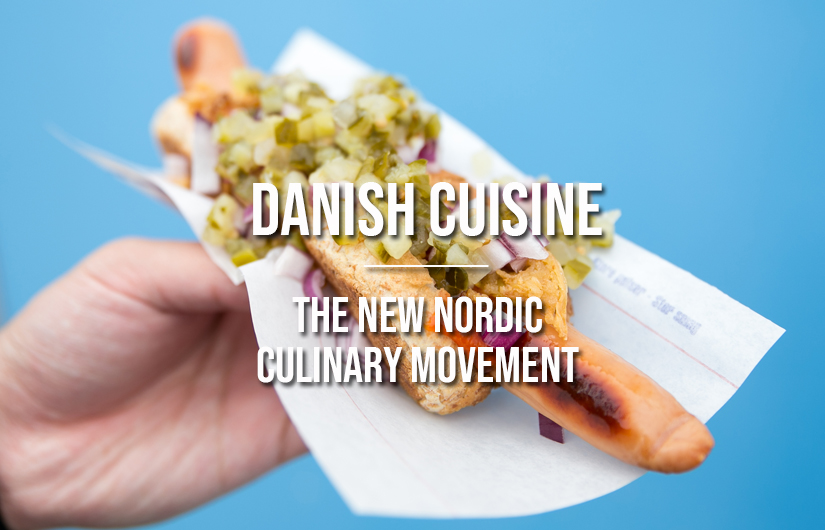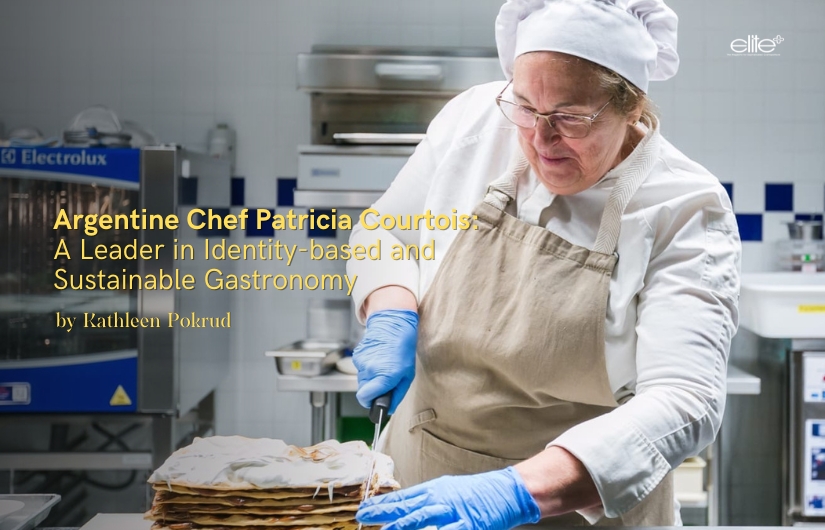
HE Ambassador Jon Thorgaard
Ambassador Jon explained briefly the history of Danish cuisine. “Historically, Danish food has revolved around carbohydrates, mostly potatoes and bread, and meat. However, Danish cuisine has evolved considerably during the last 150 years. Before the industrial revolution kicked in during the latter half of the 19th century, the majority of the Danish population lived in rural areas, making their living from farming and cooking what they could grew and raised on their farm. People ate a lot of “rugbrød” (Danish wholegrain rye bread), which has been a staple for over 1000 years.
“The industrial revolution led to agriculture transitioning from self-sufficiency to market oriented. Farmer-owned cooperatives, especially dairy and slaughterhouses, also began to appear during this time, and consequently, Danish people began to drink more milk and eat more meat and dairy products such as cheese and butter. Some of the farmer-owned cooperatives have survived to this day, like Danish Crown, Arla and DLG, and remain a defining feature of Danish culture to this day.”

Traditional Danish food has never been popular, like Spanish or Italian cuisine. The most famous Danish dishes internationally are probably ‘smørrebrød’ and the Danish ‘ristet hotdog’. Ambassador Jon elaborated, “Today, Danish cuisine is becoming more popular with the New Nordic culinary movement. The philosophy of New Nordic cooking centres on using local, natural and seasonal produce as a basis when cooking. Examples include eating fish and shellfish during winter, fruits and vegetables during spring and summer and wild game and mushrooms during autumn. This way, people focus on eating sustainably by using what is around them rather than eating mass produced foods shipped in from far away.
New Nordic cooking principles have made a significant impact on the culinary scene worldwide, with many Danish chefs and restaurants becoming well known. Claus Meyer and Rene Redzepi started the restaurant Noma in Copenhagen in 2004, which would eventually be named the best restaurant in the world multiple times in ‘The World’s 50 Best Restaurants’. This was last achieved in 2021 and in 2022.
The restaurant Geranium in Copenhagen, also known for its New Nordic cooking with head chef Rasmus Kofoed, also claimed a top spot in the ranking. Both restaurants also hold three Michelin Stars. The high quality of restaurants in Denmark has also spread around the globe. Restaurant Kiin Kiin in Copenhagen, which holds one Michelin Star and has its foundation in Thai cuisine, has a sister restaurant in Bangkok called Sra Bua by Kiin Kiin. The restaurant uses modern techniques and New Nordic principles and combines them with Thai ingredients to create innovative dishes and flavours.”
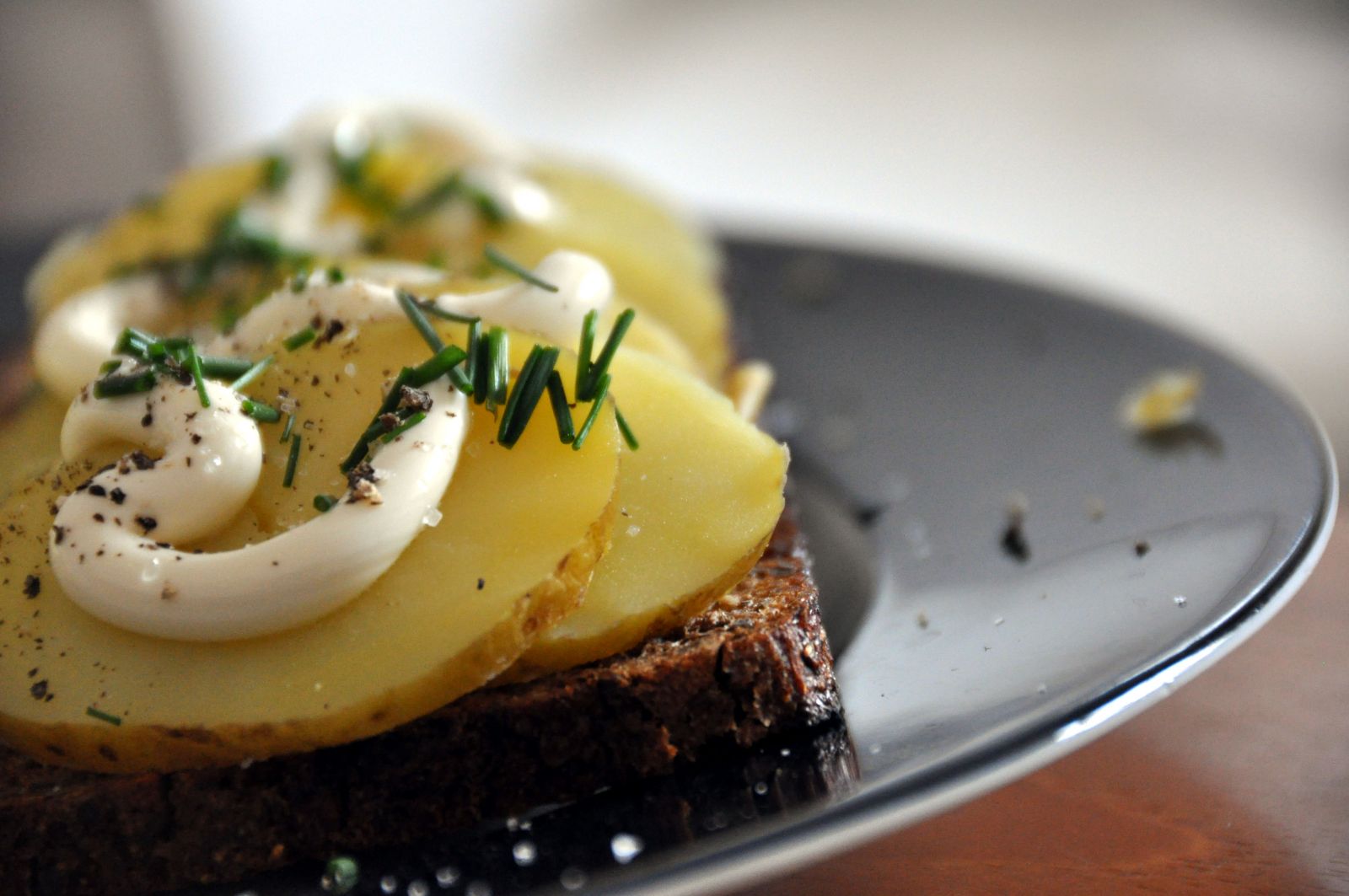
Different combinations of potatoes, meat and sauce characterize many traditional Danish meals. Ambassador Jon explained, “The widespread consumption of rye bread, which is fairly unique to Denmark, has been a cornerstone in Danish cuisine for centuries. In recent years, there has been a bigger focus on using organic and sustainable produce. Farmers in Denmark have begun using more sustainable and resource-efficient production methods, for example, cows producing increasingly more milk per year with less input. This is due to innovations by Danish companies in feed technology and additives, genetics and data analysis. Danes have become aware of eating healthier and more sustainable by consuming seasonally based food.”
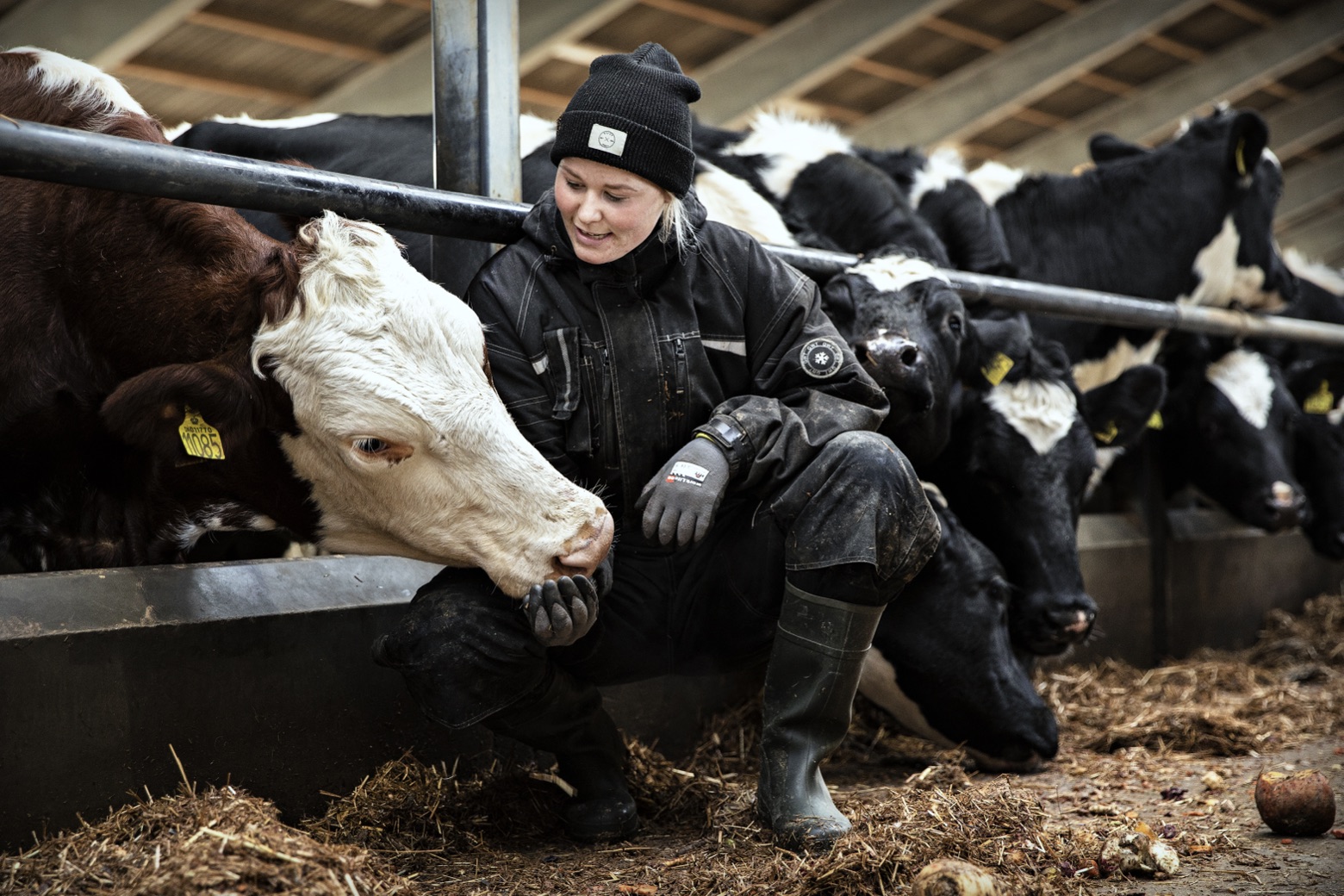
Like other Northern European cuisines, traditional Danish food is heavily centred on carbohydrates, meat and sauce. Being surrounded almost entirely by the sea, Danes also eat a lot of fish. Ambassador Jon said, “Danish food is influenced by what was available and grown on farms. Vegetables used in traditional Danish meals include cabbages of different sorts and potatoes, while the meat of choice has traditionally been pork. For fish, cod and flat fish, like plaice and flounder, are very popular. With the New Nordic culinary movement, there has come a bigger focus on foraging and eating things that grow wild such as mushrooms.”
“Being a small country, there are no significant differences in the cuisine between the regions in Denmark. People who live close to the sea used to eat more fish than others, but with the introduction of supermarkets and refrigerators, this difference is no longer significant.”
Key representative Danish dishes
These are some of the most common and representative dishes in Denmark, although many more could be named:
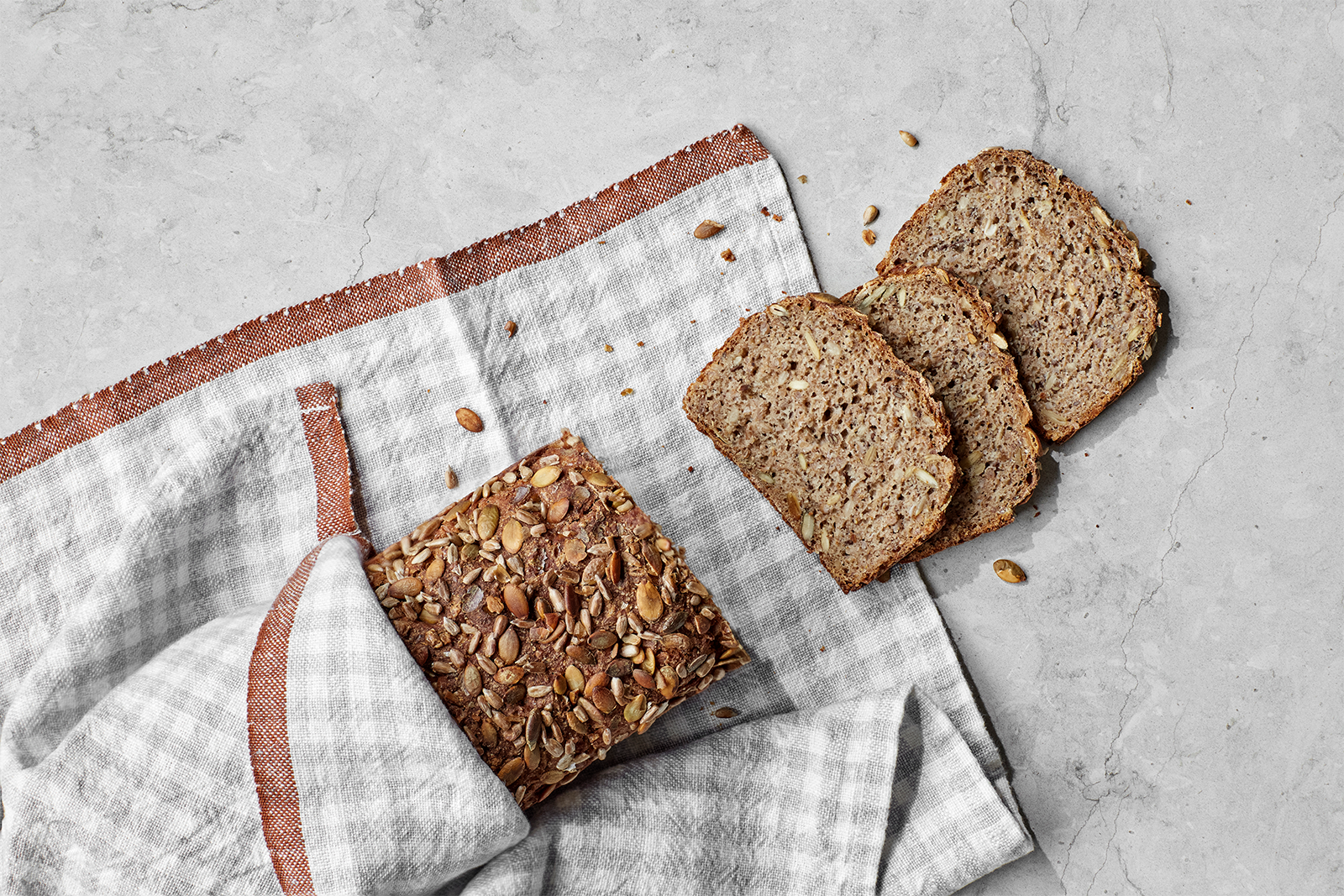
Rye bread and open-faced sandwiches, ‘rugbrød og smørrebrød’, is an integral part of Danish food, and the majority of the population eat it multiple times a week. Toppings can include everything from vegetables, eggs, cold meat cuts, hot meats and fish. Danish liver pate, ‘leverpostej’ is an especially popular topping.
Fried pork with parsley sauce, ‘stegt flæsk med persillesovs’, is officially the national dish of Denmark and the epitome of traditional Danish food.
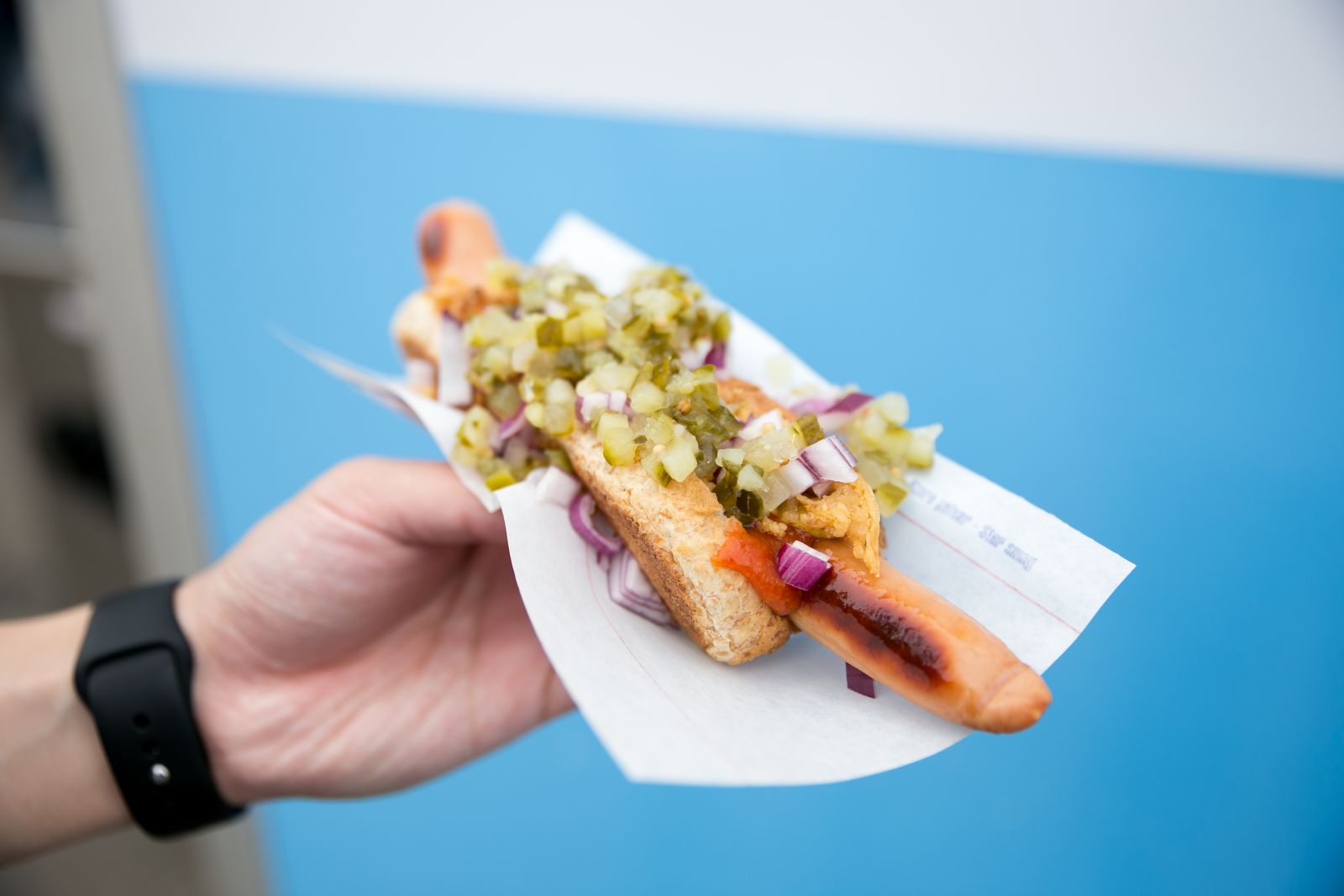
‘Flæskesteg’, Danish roast pork belly with crispy crackling skin, is a common traditional dish across the country to be served with potatoes and brown sauce.
‘Frikadeller’ is the traditional Danish version of pork meatballs. It can be served together with many different things from rye bread to potatoes. It isften eaten with a sauce and red cabbage cooked in a sweet-sour style known as ‘rødkål’.
Danes eat a fair amount of fish as they are abundant among the waters around Denmark. Common dishes are marinated herrings on rye bread, plaice fried in breadcrumbs and smoked mackerel on a grill.
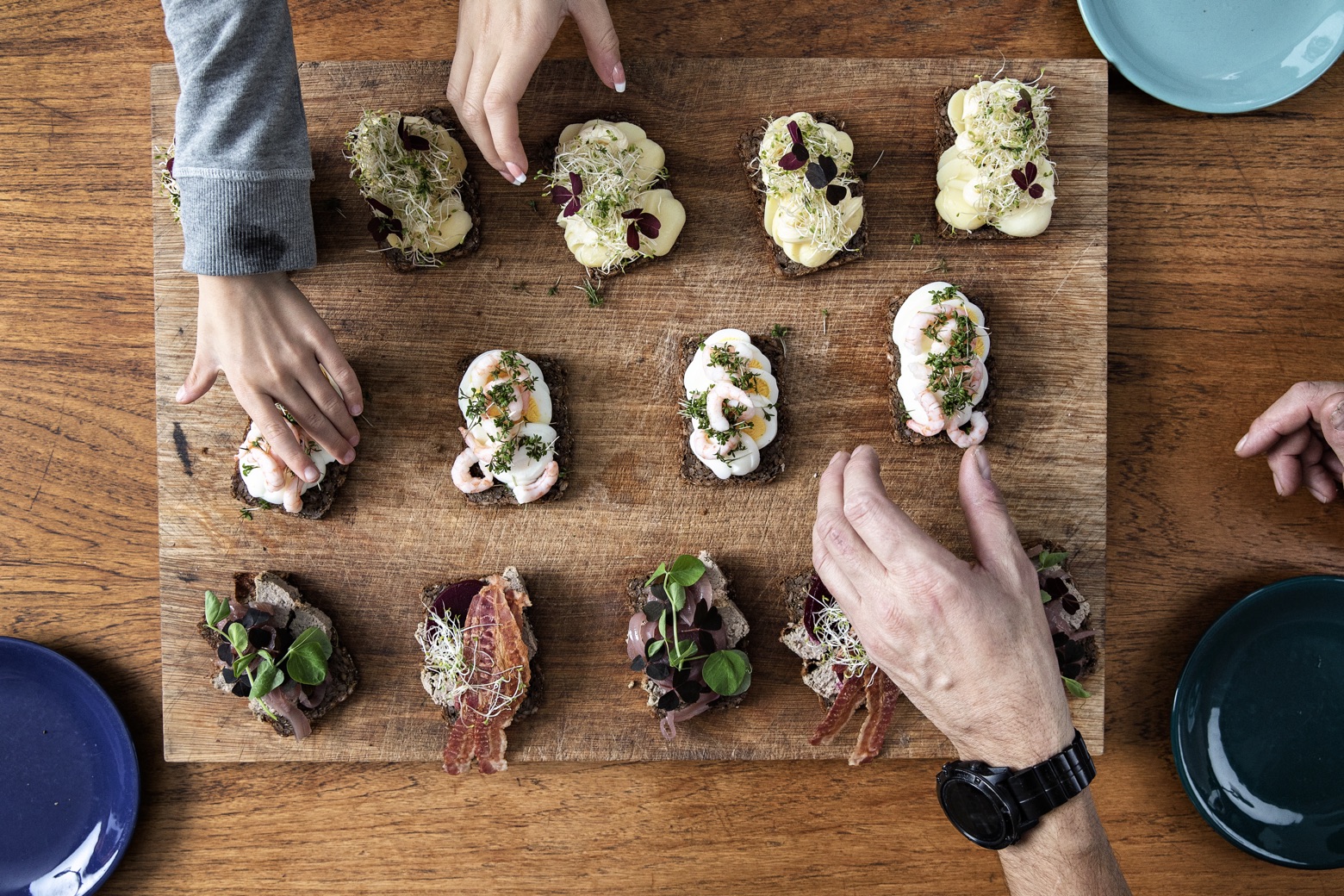
‘Rristet’ is a classic Danish hotdog served in a soft hotdog bun with a grilled or boiled Vienna sausage topped with ‘remoulade, Danish mustard, ketchup, raw and fried onions and pickled cucumbers.
Red berry porridge with cream, ‘rødgrød med fløde’, is a traditional Danish dessert consisting of a porridge made primarily with sugar and red berries. It is served cold together with un-whipped cream poured on top.
Danish Buttermilk, ‘kærnemælkskoldskål’, which literally translates as “cold bowl”, is another popular traditional dessert. It consists mainly of buttermilk and other dairy ingredients and is served with crunchy sweet biscuits and strawberries in the summer.
As our interview drew to a close, Ambassador Jon emphasized, “The significant changes in Danish cuisine have come from international influence and the emergence of New Nordic cooking. Globalization has brought with it a wealth of new foods to Denmark.”


